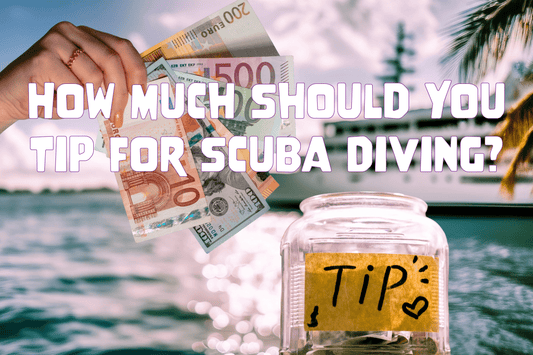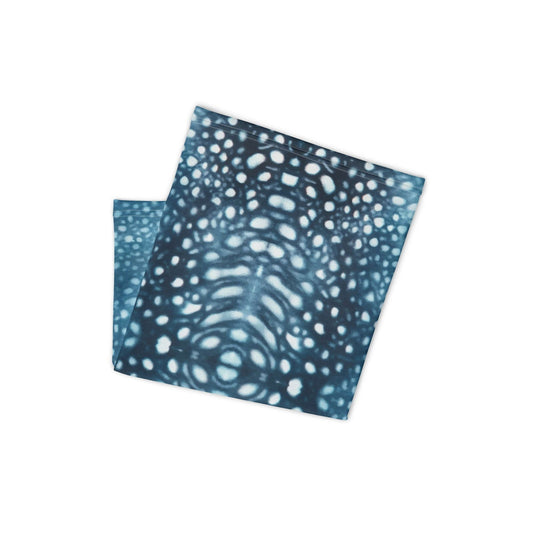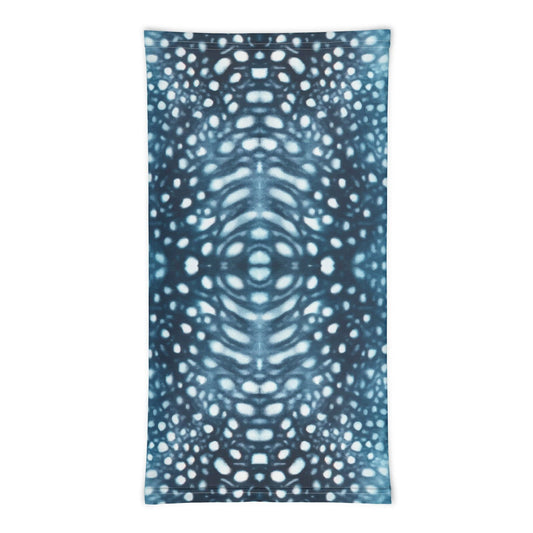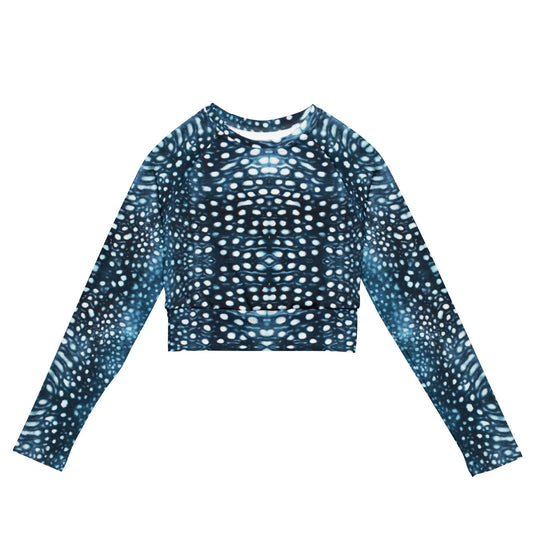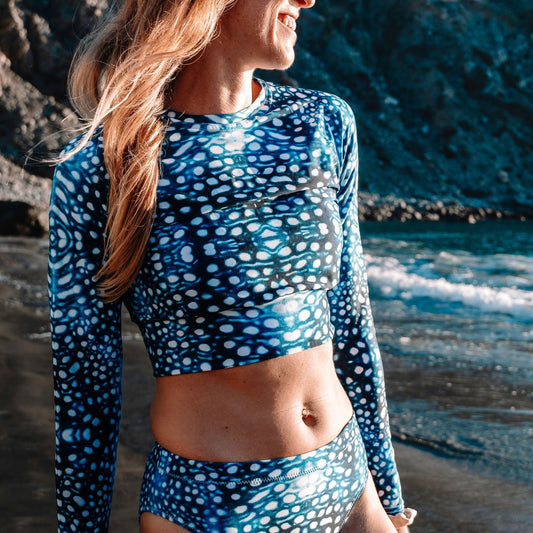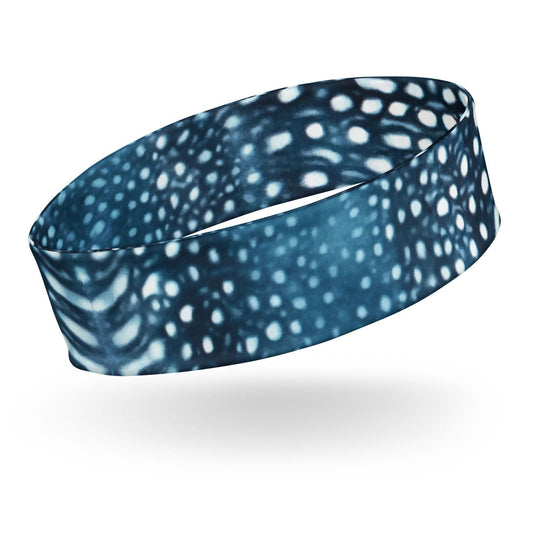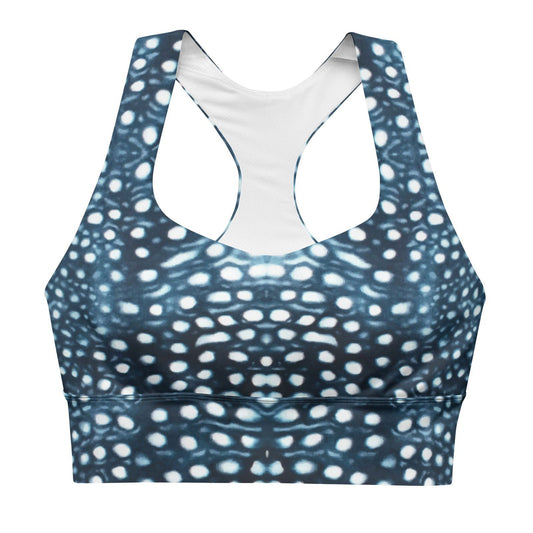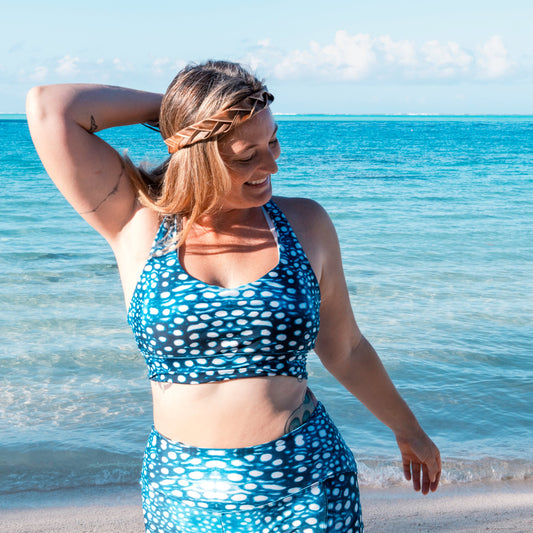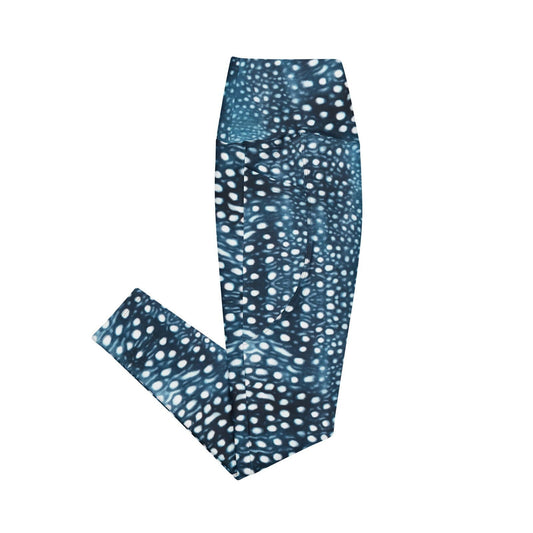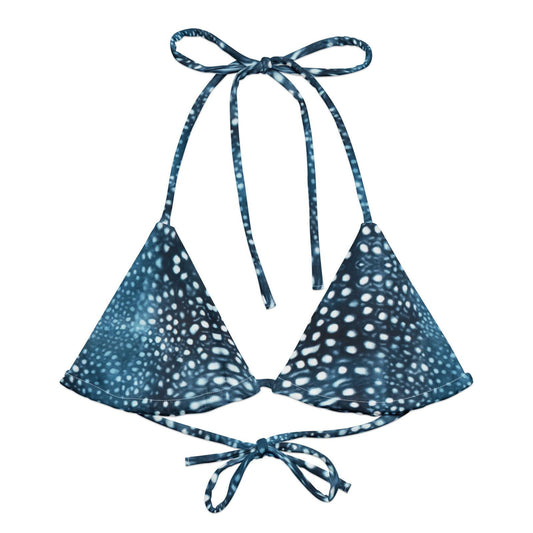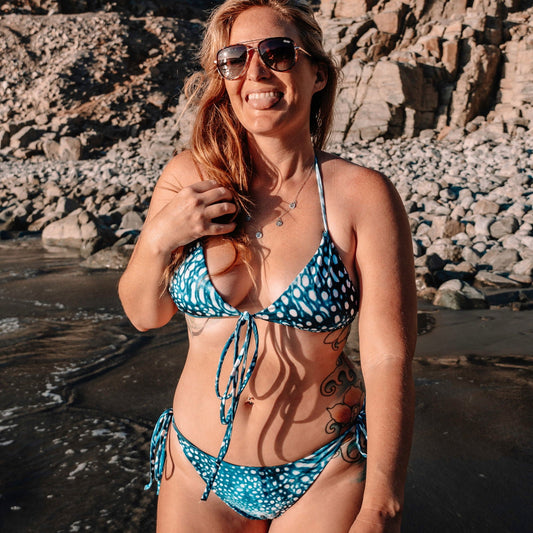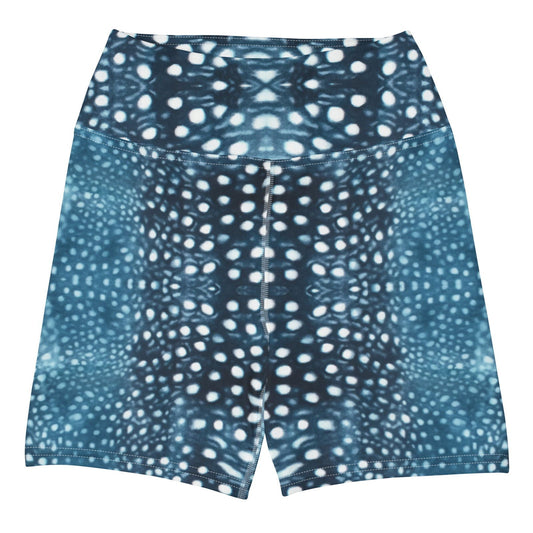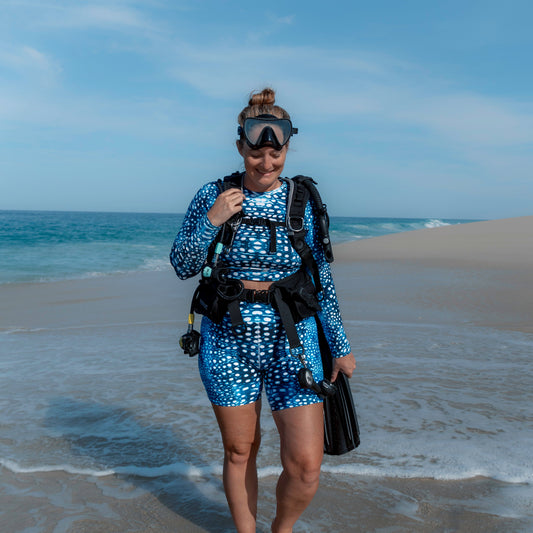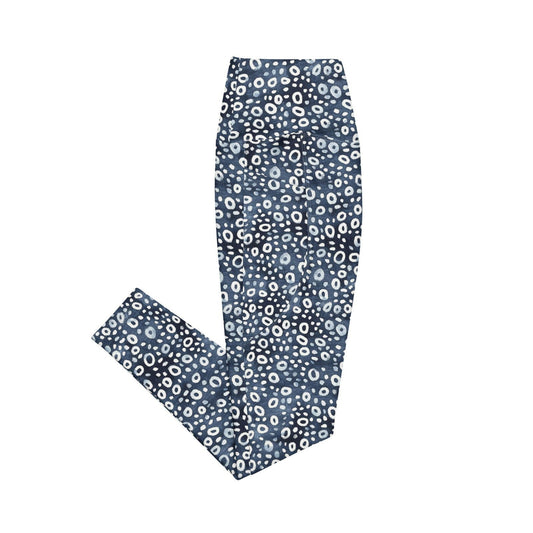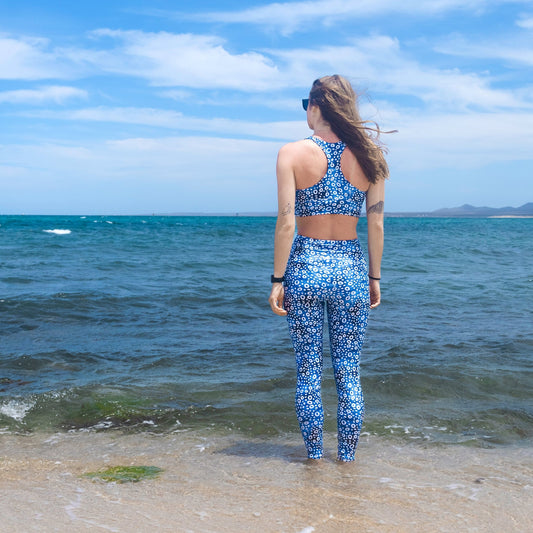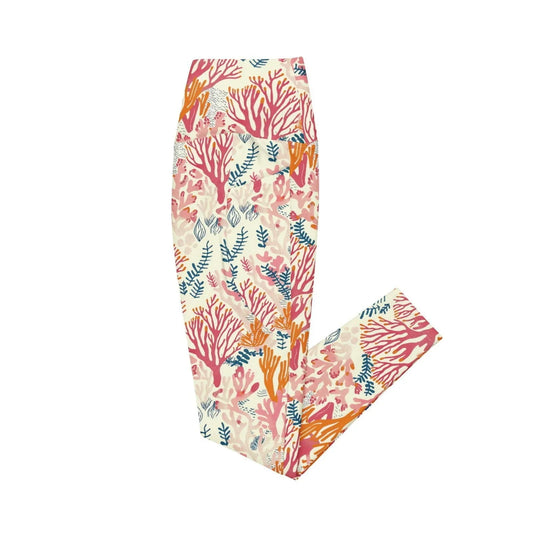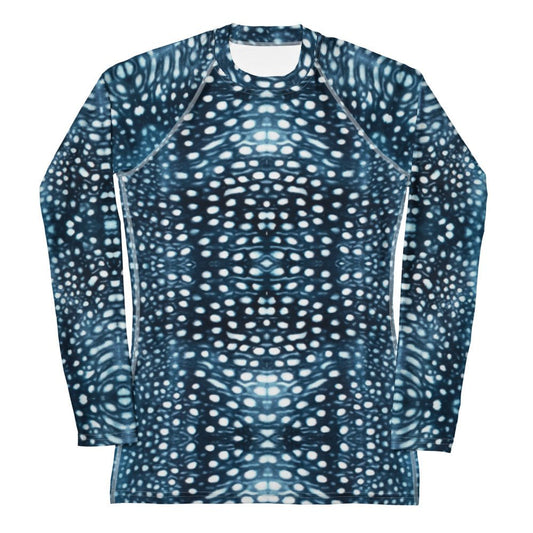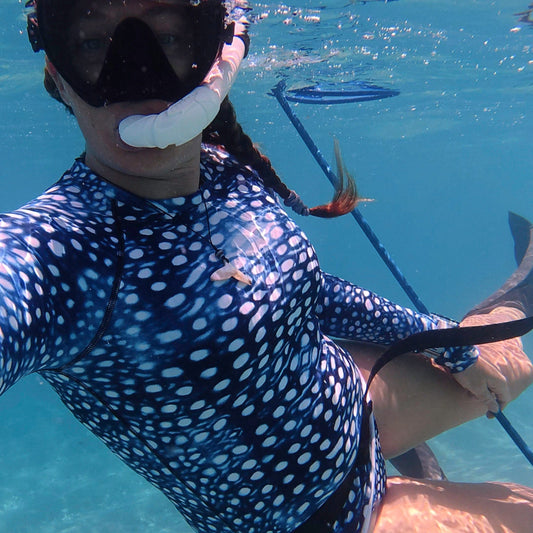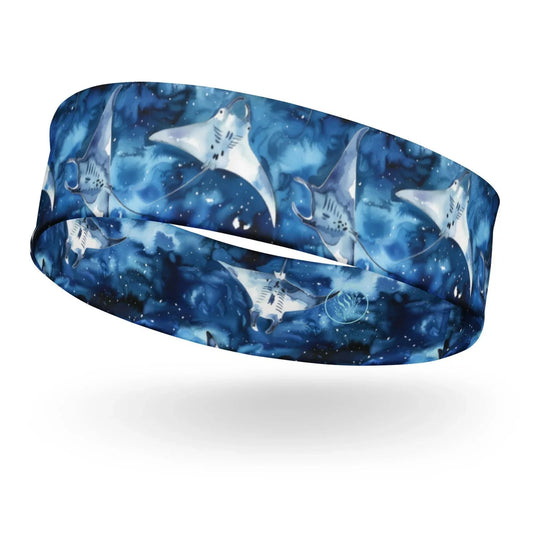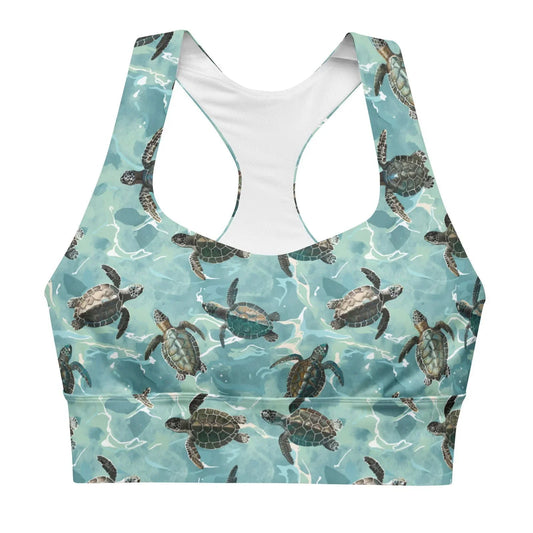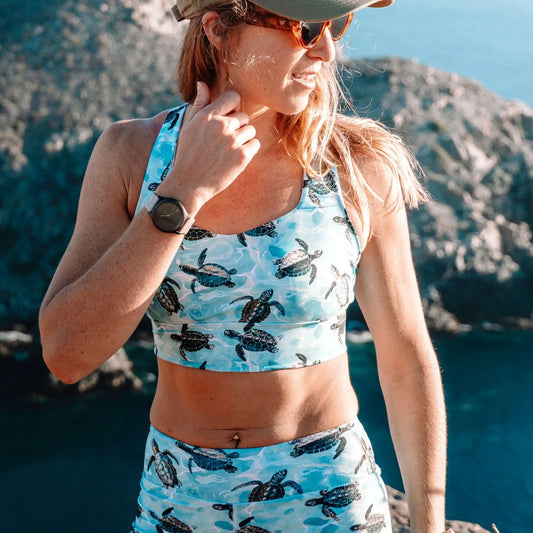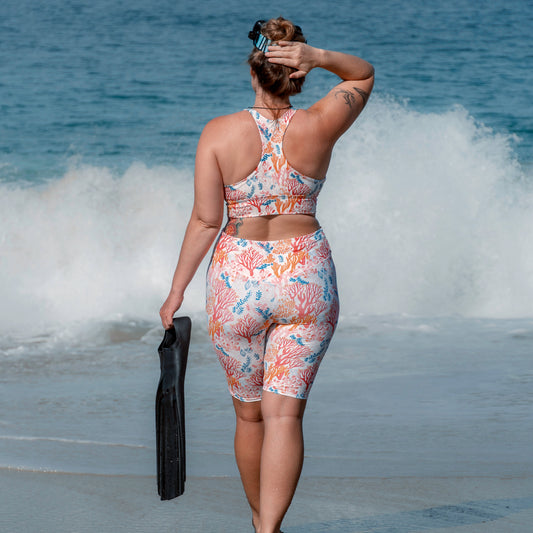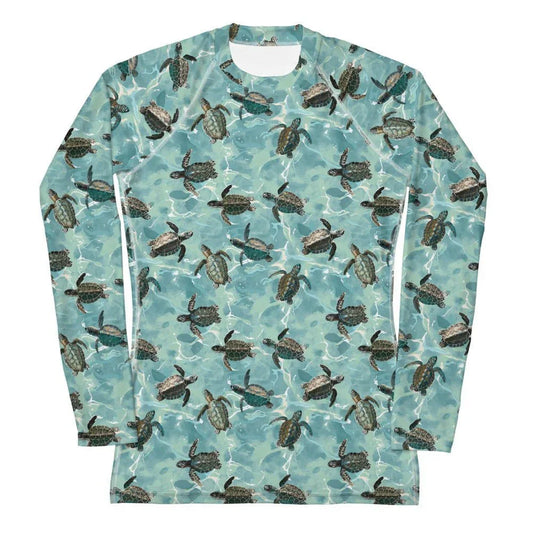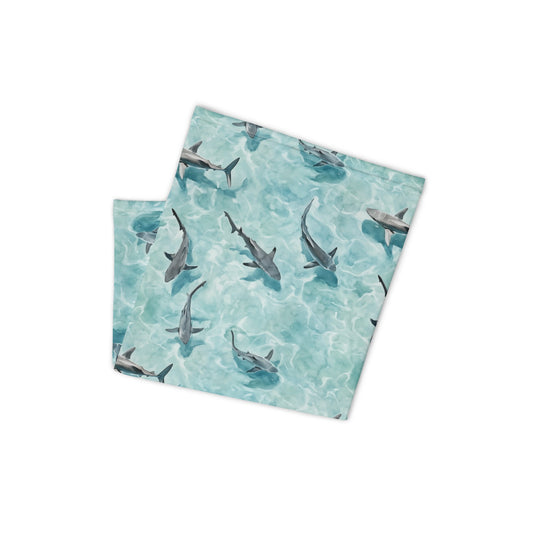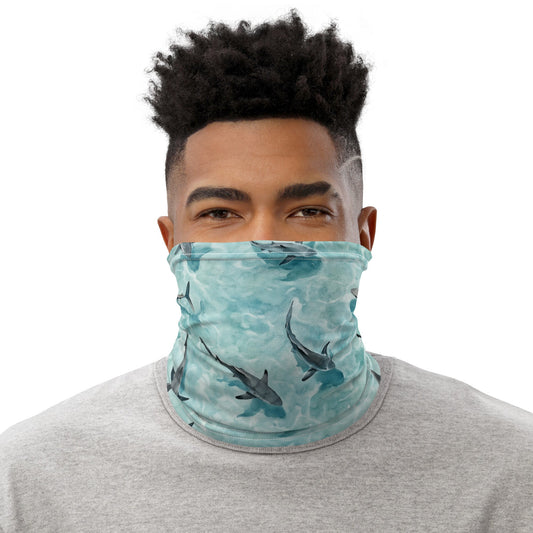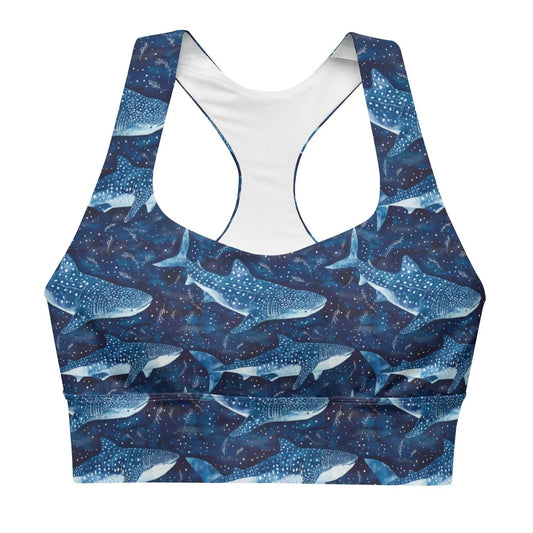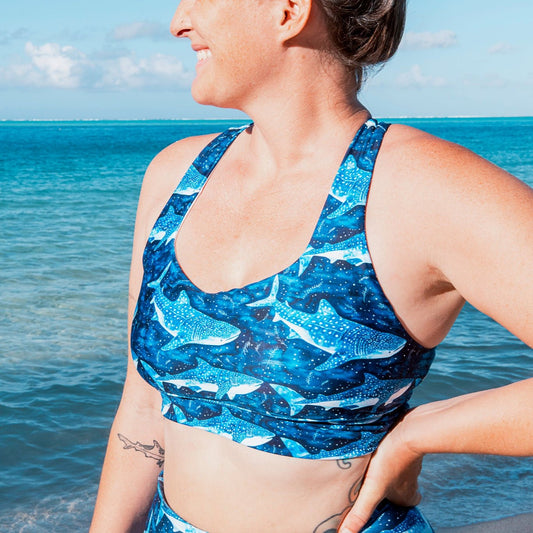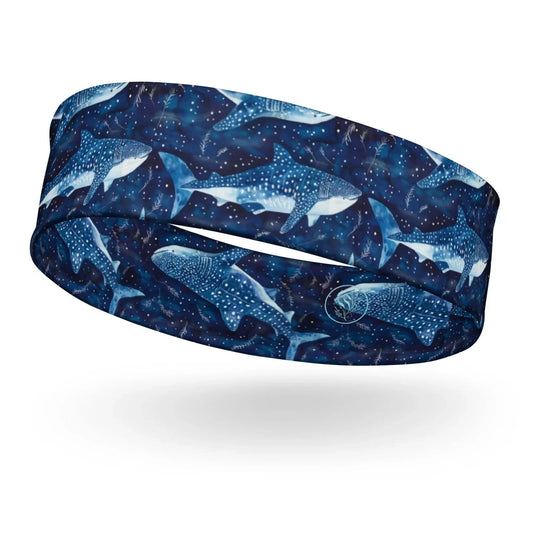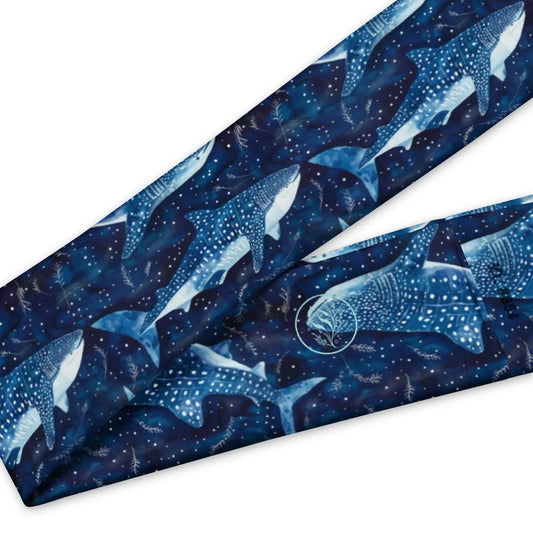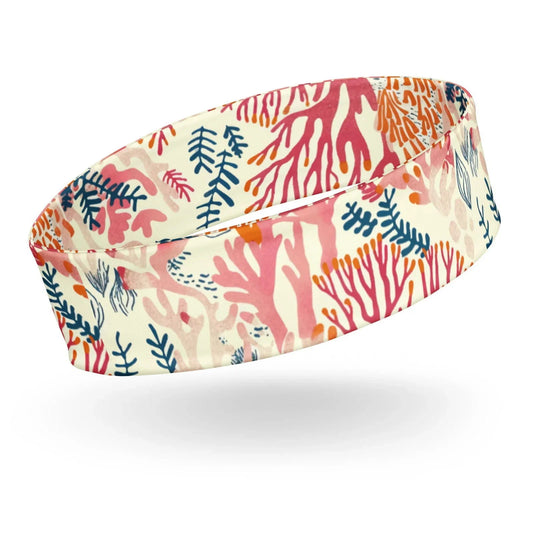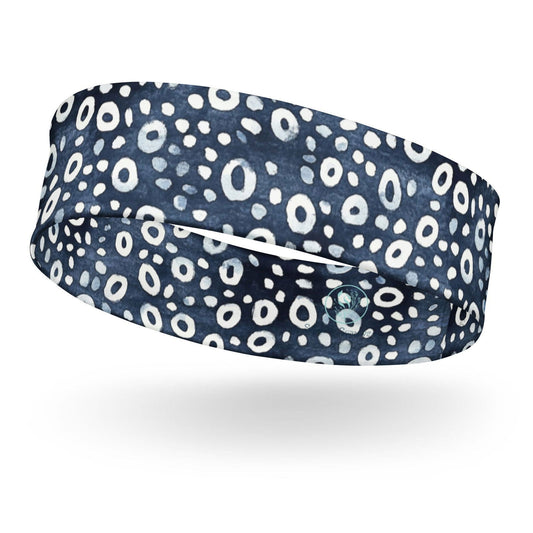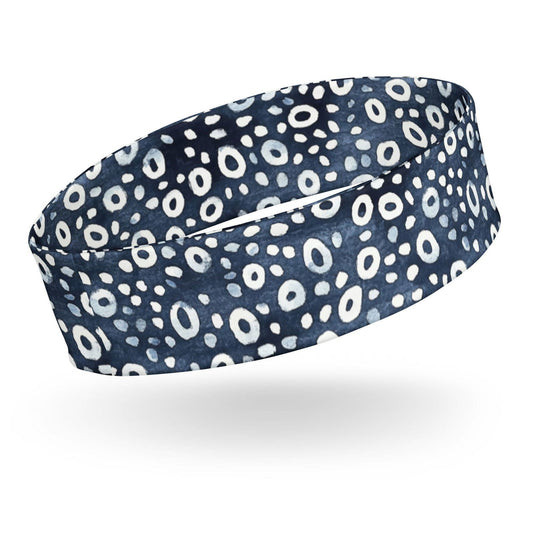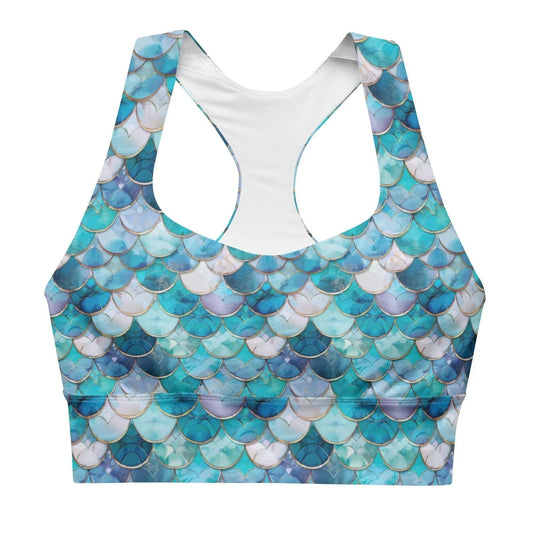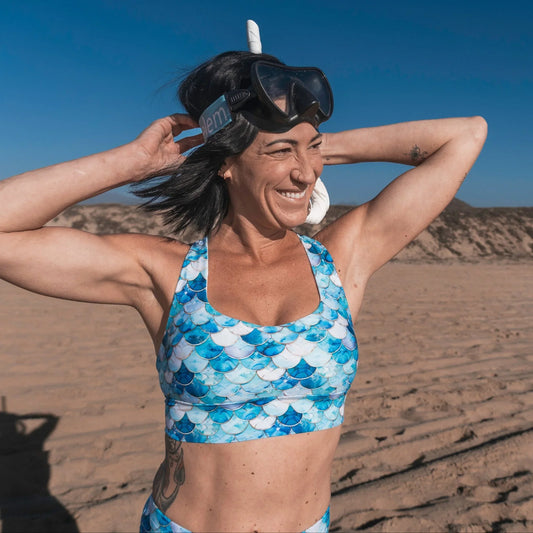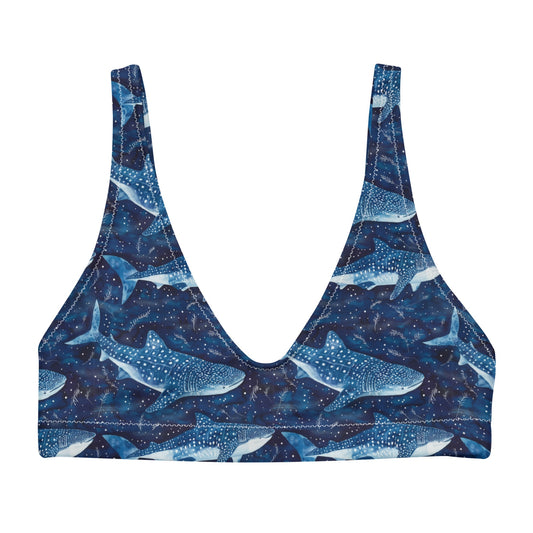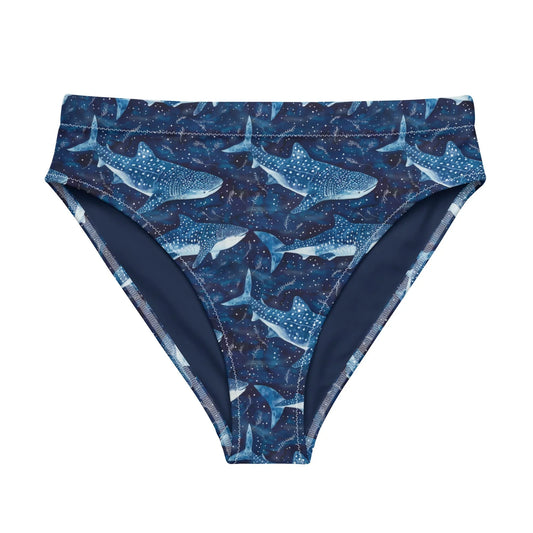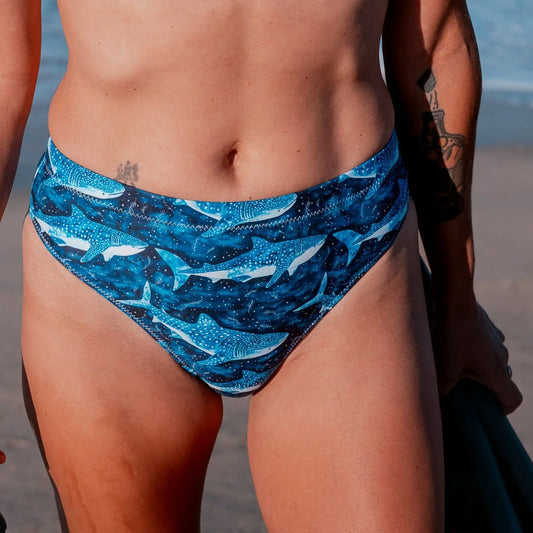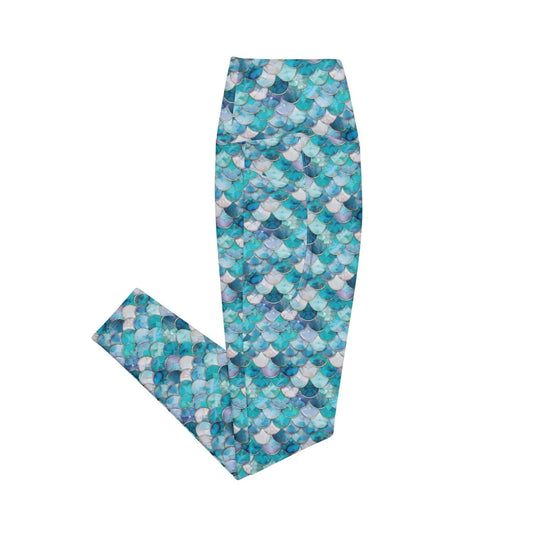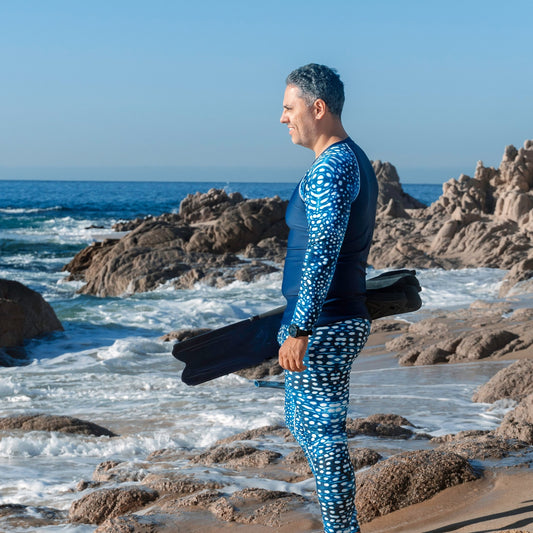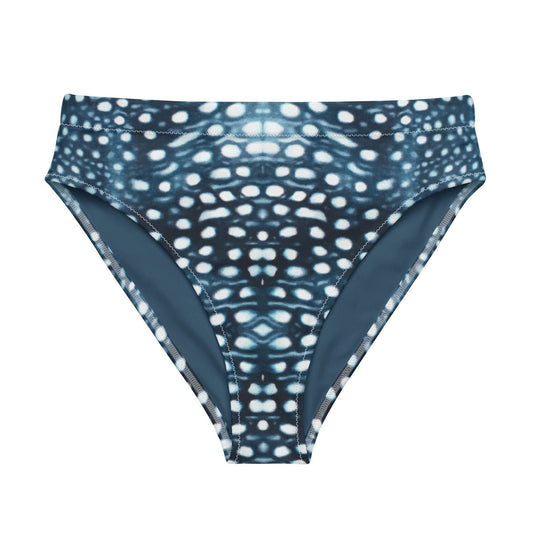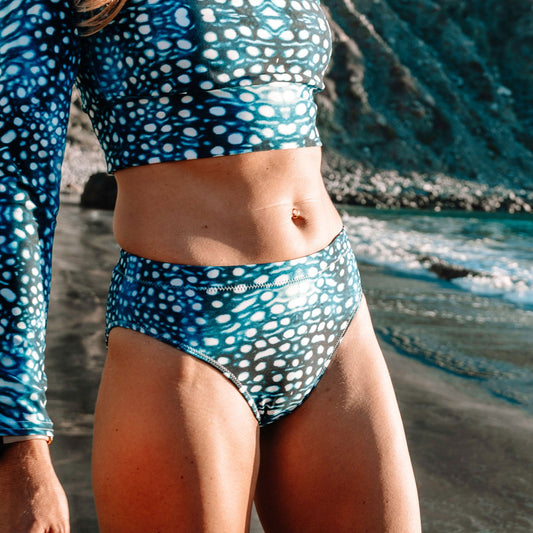
10 Things You Should Never Do After Scuba Diving
Angela ZancanaroShare
Your dive isn’t over when you surface, safety should always come first.
Scuba diving is magical. It’s also a serious activity that pushes your body into extreme environments — high pressure, low temperatures, and altered breathing. When you’re underwater, your body absorbs nitrogen from the air in your tank. The deeper and longer you stay, the more nitrogen your tissues absorb.
Once you surface, your body starts the process of “off-gassing” — slowly releasing that nitrogen back into your bloodstream so it can be exhaled. But here’s the catch: if you rush the process or put your body under extra strain, that nitrogen can form bubbles inside you. That’s what causes decompression sickness (DCS) — and it can range from uncomfortable joint pain to serious neurological damage.
Whether you’re new to diving or a seasoned pro, here are 10 things you should never do after scuba diving — and why every diver should take them seriously.
1. Flying Too Soon

One of the most well-known rules in scuba diving is to wait before flying. When you dive, nitrogen from your compressed air gets absorbed into your body’s tissues. After the dive, your body starts slowly releasing that nitrogen — a process called off-gassing.
If you jump on a plane too soon, the reduced cabin pressure at high altitudes can cause that nitrogen to come out of solution too fast, forming bubbles in your bloodstream. This can lead to decompression sickness, which ranges from joint pain and fatigue to more serious neurological symptoms.
How long should you wait?
- 12 hours for a single no-decompression dive
- 18 hours for multiple dives over one or more days
- 24 hours or more for deep dives, technical dives, or dives requiring decompression stops
2. Driving Over Mountains

Even if you're not boarding a plane, altitude still matters. If you're diving near the coast and plan to drive to higher elevations (common in places like Hawaii, Baja, or Costa Rica), you’re still exposing your body to reduced pressure — just at a slower pace than flying.
Driving over a mountain pass can cause the same kind of bubble formation as flying if you haven’t given your body enough time to off-gas. This is an often-overlooked cause of DCS.
👉 Tip: Stay near sea level for several hours after diving. If you must travel to altitude, treat it like a flight and follow the same timing rules.
3. Freediving After Scuba

Freediving on its own doesn’t involve nitrogen buildup — but when you combine it with scuba, it can become dangerous. If you freedive after scuba diving, you’re diving again while your body is still off-gassing nitrogen.
The breath-hold ascent during a freedive can change pressure dynamics in your lungs and bloodstream, potentially leading to bubble formation. This risk is especially high if you do deep or repetitive freedives.
👉 Play it safe: Always scuba after freediving — not the other way around. Or separate the two activities by a full day.
4. Ziplining, Parasailing, or Altitude-Based Adventures

Many dive locations also offer thrilling activities like parasailing, ziplining, or bungee jumping. The problem is, these often involve sudden altitude changes or physical strain right after diving — both of which can increase your risk of DCS.
Even the excitement and adrenaline from these activities can raise your heart rate and blood pressure, potentially affecting how nitrogen off-gasses from your body.
👉 Tip: Schedule these high-flying activities for the day after your last dive, once you're safely out of your off-gassing window.
5. Getting a Deep Tissue Massage

After diving, your tissues may still contain small nitrogen bubbles. Deep tissue massage applies strong pressure to muscles and fascia — and that physical manipulation can potentially push nitrogen into circulation, increasing the risk of decompression issues.
👉 What to do instead: If you want to relax post-dive, opt for a light massage like Swedish or lymphatic drainage — or simply wait several hours before getting deeper bodywork.
6. Jumping into a Hot Tub, Sauna, or Steamy Shower

After a dive, it’s normal to feel chilly — especially if you've been in cold water or wearing a wetsuit. You might be tempted to jump into a hot tub, take a steaming shower, or hit the sauna to warm up fast. But here's why that's not a great idea.
Heat causes vasodilation, which means your blood vessels expand and circulation increases. While that sounds like a good thing for muscle recovery, it can actually interfere with your body’s ability to off-gas nitrogen safely. Increased blood flow right after diving may encourage nitrogen bubbles to form or move more rapidly through your bloodstream, potentially increasing the risk of decompression sickness (DCS).
Your body needs a calm, steady environment to complete the off-gassing process — not sudden temperature shocks or circulatory changes.
👉 Better choice: Dry off, bundle up in warm layers, sip a hot drink, and let your body warm up slowly and naturally. Once your surface interval is over — and you're confident you've given your body enough time to decompress — then it’s safe to enjoy a soak or sauna.
7. Doing Intense Exercise

Your body is already working to off-gas nitrogen after a dive. If you jump into strenuous exercise — like running, weightlifting, or intense yoga — you’re increasing blood flow and mechanical stress on your muscles. This can disrupt how nitrogen is being released and redistributed.
👉 Tip: Keep your post-dive movement light and relaxing. Stretch, walk, hydrate — save the hard workouts for later.
8. Brushing Off Unusual Symptoms

This is probably the most important rule on the list. Decompression sickness can look very different from person to person — and early signs are easy to dismiss.
Watch for:
- Joint or muscle pain (especially in shoulders, knees, or elbows)
- Fatigue that feels extreme
- Dizziness or confusion
- Itchy or mottled skin rashes
- Numbness, tingling, or weakness
- Difficulty breathing
If anything feels “off,” don’t wait. Talk to your dive buddy, alert the dive shop, and if needed, contact DAN (Divers Alert Network) or get to the nearest medical clinic with hyperbaric chamber access.
Key reminder: The faster DCS is treated, the better the outcome.
9. Drinking Alcohol

Grabbing a drink after diving is a common way to celebrate — but it’s not always the safest move. While alcohol and scuba might seem like separate activities, they can overlap in ways that increase your risk of decompression sickness (DCS), especially in the critical hours after a dive.
Diving loads your body with nitrogen, and after you surface, that nitrogen needs time to off-gas. Alcohol interferes with that process in a few major ways:
- It dehydrates you, and dehydration is one of the biggest risk factors for DCS. You’re already losing fluids while diving , so adding a dehydrating beverage right after can tip the balance.
- It impairs your judgment, which means you might not notice or take seriously the early signs of DCS like joint pain, dizziness, or numbness. These symptoms can be easy to mistake for fatigue or just feeling tipsy. If you start developing symptoms after a few drinks, you’re less likely to recognize the problem, communicate it clearly, or get treated quickly.
- It changes your circulation through vasodilation (expanded blood vessels), which can potentially affect how nitrogen bubbles move in your body.
It’s not that you can’t enjoy a drink — just give your body time to do its thing. The safest way to toast a great dive?
💧 Hydrate first
🍽️ Eat a solid meal
🕐 Wait a few hours post-dive
🍹 Then enjoy your cocktail (once you’re confident you’re in the clear)
10. Skip Your Dive Log

Okay, this one isn’t life-or-death — but logging your dives is a great way to improve your skills and notice patterns over time. It helps you remember what weights worked, what exposure protection you wore, how you felt, and whether anything felt off.
👉 Bonus tip: Logging your dive while the memory is fresh can also help if you ever need to describe symptoms to a medical pro or report an incident.
Wrap-Up: Respect the Surface Interval
Post-dive safety is about giving your body the time and space it needs to fully recover from time spent underwater. Scuba diving is a unique physical activity that involves pressure, gas exchange, and stress on multiple systems, the hours after a dive are just as important as your pre-dive checks and safety stops. Your body needs time to slowly release the nitrogen it absorbed at depth, and if you stack risky activities too quickly, it can throw that delicate process out of balance.
When you’re on vacation, it’s easy to want to do it all. Diving in the morning, ziplining in the afternoon, hot tubs in the evening, and drinks by sunset — it sounds like the dream itinerary. But it’s also one of the easiest ways to unintentionally increase your risk of decompression sickness.
You only get one body — and a whole world of diving to explore. Treat your post-dive window with care, and you’ll enjoy every dive, every adventure, and every vacation moment a whole lot more.





